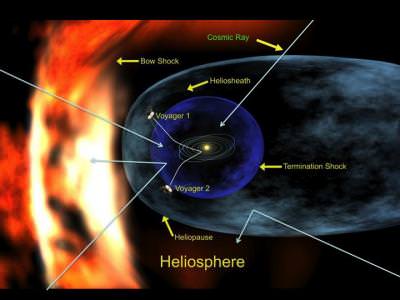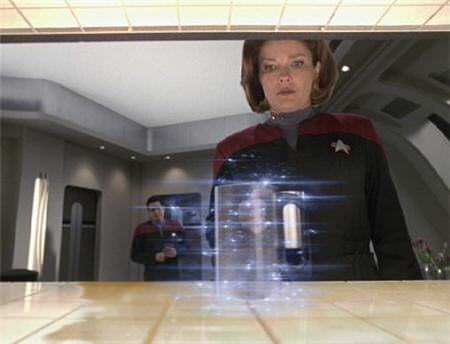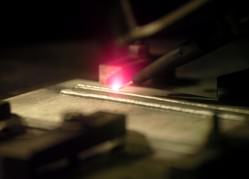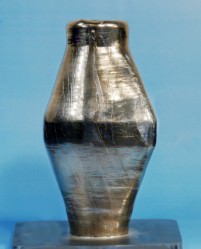[/caption]
Planning a trip to Mars? Take plenty of shielding. According to sensors on NASA’s ACE (Advanced Composition Explorer) spacecraft, galactic cosmic rays have just hit a space-age high.
“In 2009, cosmic ray intensities have increased 19% beyond anything we’ve seen in the past 50 years,” says Richard Mewaldt of Caltech. “The increase is significant, and it could mean we need to re-think how much radiation shielding astronauts take with them on deep-space missions.”
The cause of the surge is solar minimum, a deep lull in solar activity that began around 2007 and continues today. Researchers have long known that cosmic rays go up when solar activity goes down. Right now solar activity is as weak as it has been in modern times, setting the stage for what Mewaldt calls “a perfect storm of cosmic rays.”
“We’re experiencing the deepest solar minimum in nearly a century,” says Dean Pesnell of the Goddard Space Flight Center, “so it is no surprise that cosmic rays are at record levels for the Space Age.”
Galactic cosmic rays come from outside the solar system. They are subatomic particles–mainly protons but also some heavy nuclei–accelerated to almost light speed by distant supernova explosions. Cosmic rays cause “air showers” of secondary particles when they hit Earth’s atmosphere. They pose a health hazard to astronauts. And a single cosmic ray can disable a satellite if it hits an unlucky integrated circuit.
The sun’s magnetic field is our first line of defense against these highly-charged, energetic particles. The entire solar system from Mercury to Pluto and beyond is surrounded by a bubble of solar magnetism called “the heliosphere.” It springs from the sun’s inner magnetic dynamo and is inflated to gargantuan proportions by the solar wind. When a cosmic ray tries to enter the solar system, it must fight through the heliosphere’s outer layers; and if it makes it inside, there is a thicket of magnetic fields waiting to scatter and deflect the intruder.
“At times of low solar activity, this natural shielding is weakened, and more cosmic rays are able to reach the inner solar system,” explains Pesnell.
Mewaldt lists three aspects of the current solar minimum that are combining to create the perfect storm:
(1) The sun’s magnetic field is weak. “There has been a sharp decline in the sun’s interplanetary magnetic field (IMF) down to only 4 nanoTesla (nT) from typical values of 6 to 8 nT,” he says. “This record-low IMF undoubtedly contributes to the record-high cosmic ray fluxes.”
(2) The solar wind is flagging. “Measurements by the Ulysses spacecraft show that solar wind pressure is at a 50-year low,” he continues, “so the magnetic bubble that protects the solar system is not being inflated as much as usual.” A smaller bubble gives cosmic rays a shorter-shot into the solar system. Once a cosmic ray enters the solar system, it must “swim upstream” against the solar wind. Solar wind speeds have dropped to very low levels in 2008 and 2009, making it easier than usual for a cosmic ray to proceed.
(3) The current sheet is flattening. Imagine the sun wearing a ballerina’s skirt as wide as the entire solar system with an electrical current flowing along the wavy folds. That is the “heliospheric current sheet,” a vast transition zone where the polarity of the sun’s magnetic field changes from plus (north) to minus (south). The current sheet is important because cosmic rays tend to be guided by its folds. Lately, the current sheet has been flattening itself out, allowing cosmic rays more direct access to the inner solar system.
“If the flattening continues as it has in previous solar minima, we could see cosmic ray fluxes jump all the way to 30% above previous Space Age highs,” predicts Mewaldt.
Earth is in no great peril from the extra cosmic rays. The planet’s atmosphere and magnetic field combine to form a formidable shield against space radiation, protecting humans on the surface. Indeed, we’ve weathered storms much worse than this. Hundreds of years ago, cosmic ray fluxes were at least 200% higher than they are now. Researchers know this because when cosmic rays hit the atmosphere, they produce the isotope beryllium-10, which is preserved in polar ice. By examining ice cores, it is possible to estimate cosmic ray fluxes more than a thousand years into the past. Even with the recent surge, cosmic rays today are much weaker than they have been at times in the past millennium.
“The space era has so far experienced a time of relatively low cosmic ray activity,” says Mewaldt. “We may now be returning to levels typical of past centuries.”
NASA spacecraft will continue to monitor the situation as solar minimum unfolds. Stay tuned for updates.
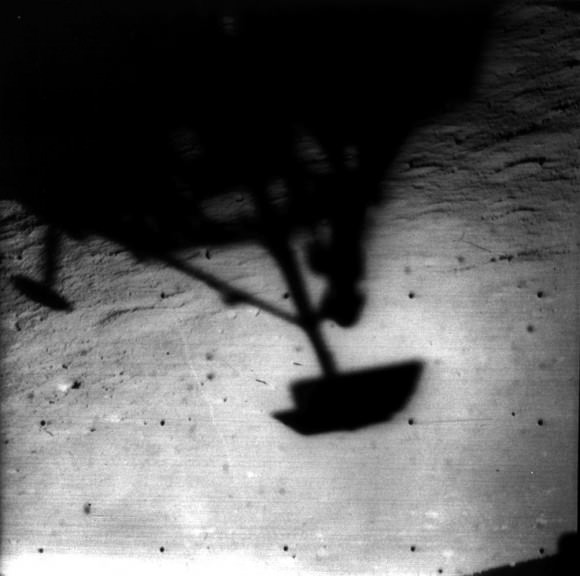

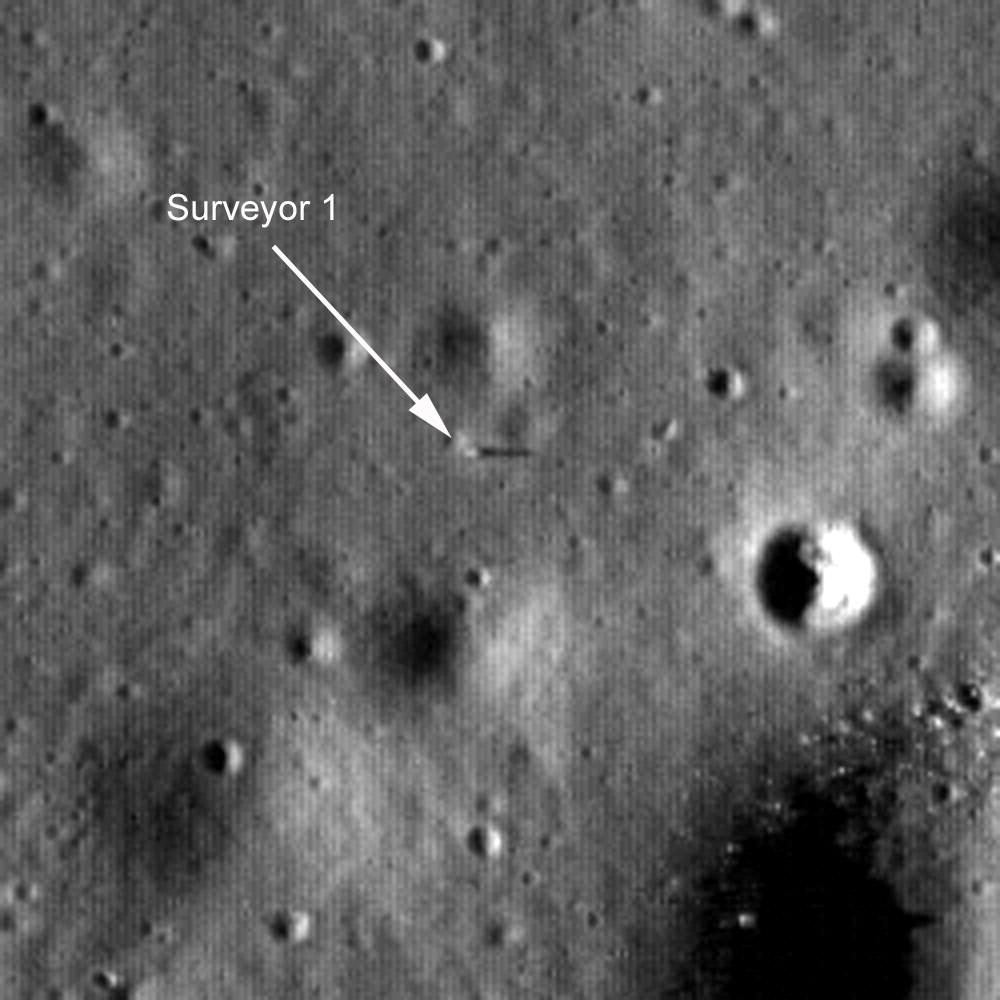
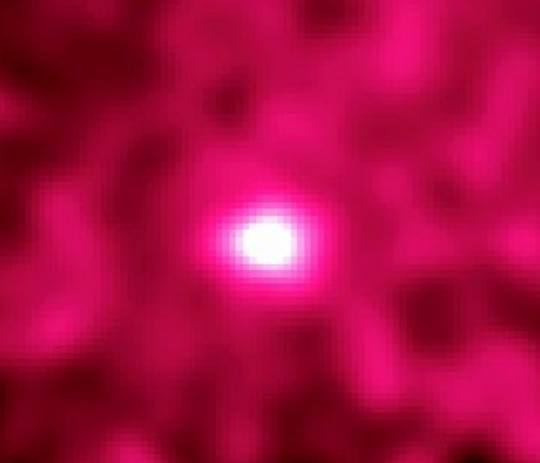
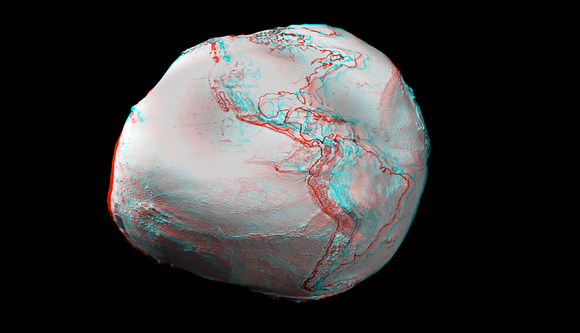
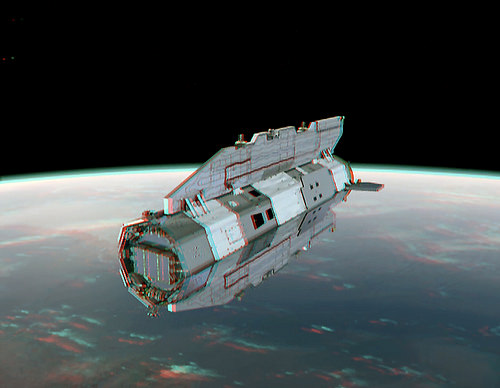
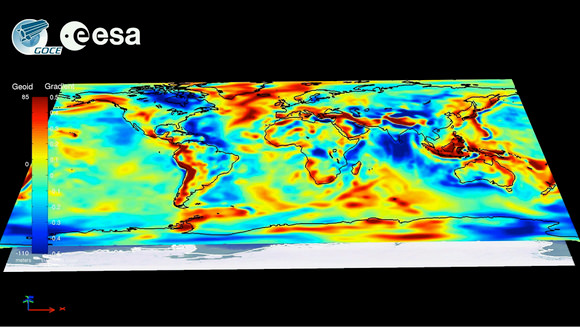
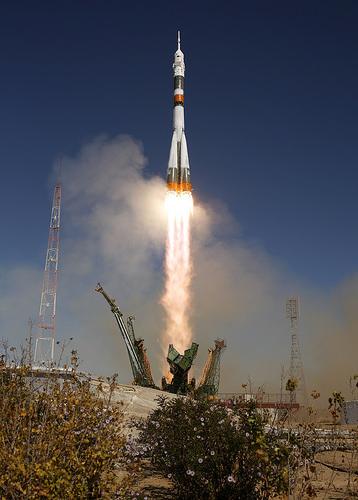
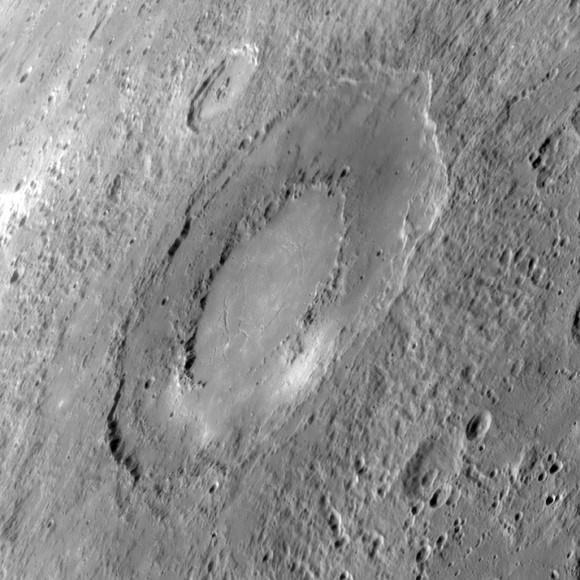
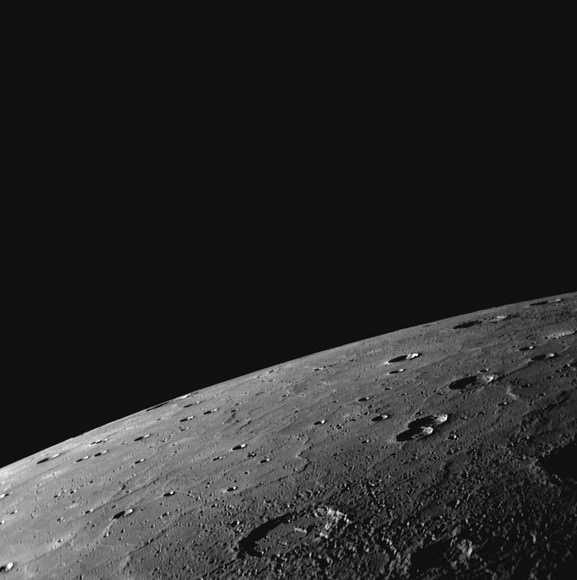
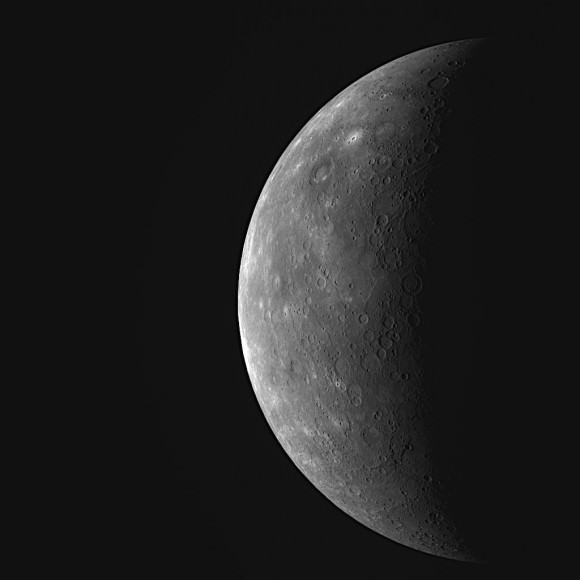
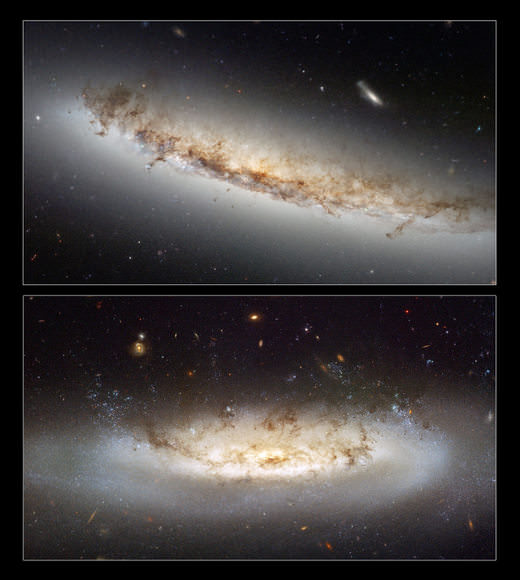
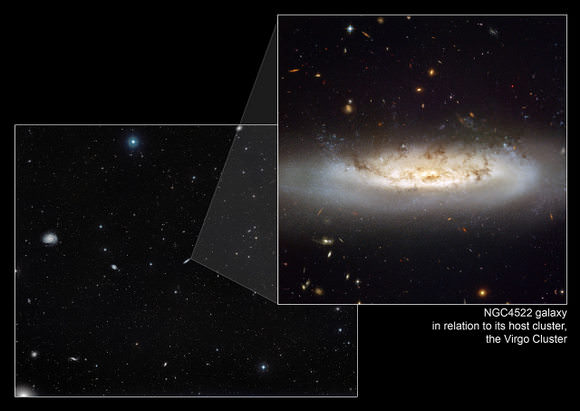

![NAC image blown up two times showing Tranquility Base [NASA/GSFC/Arizona State University]. NAC image blown up two times showing Tranquility Base [NASA/GSFC/Arizona State University].](https://www.universetoday.com/wp-content/uploads/2009/09/Apollo-11-close-up.jpg)
